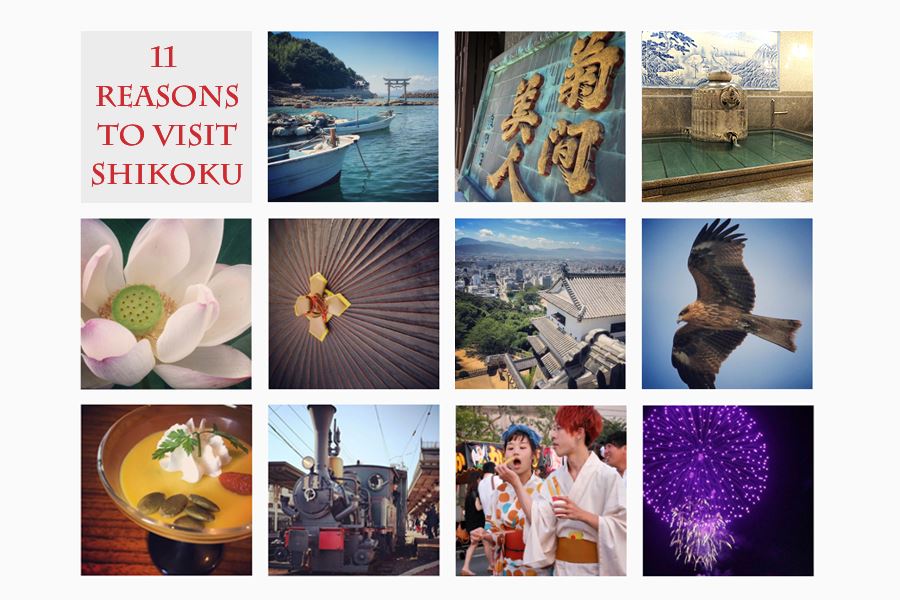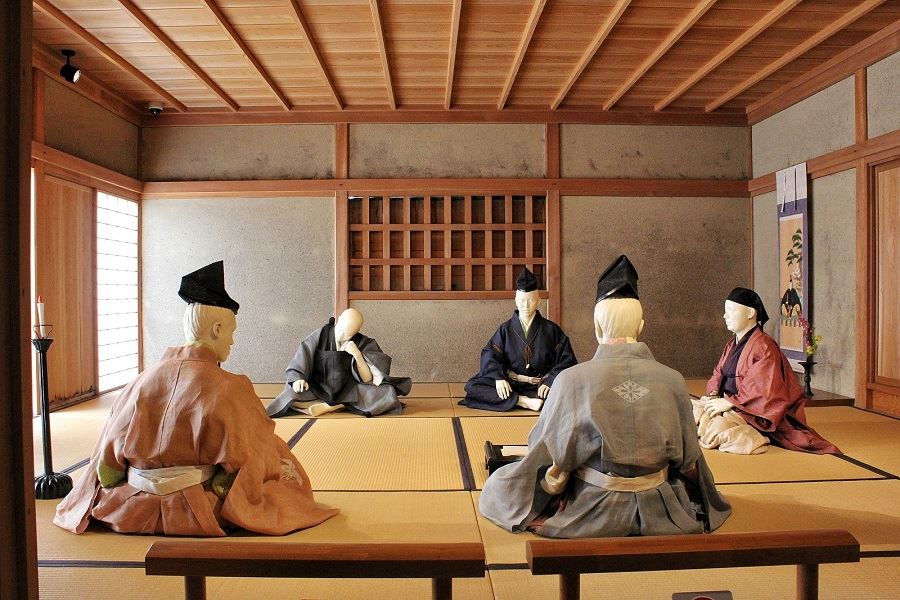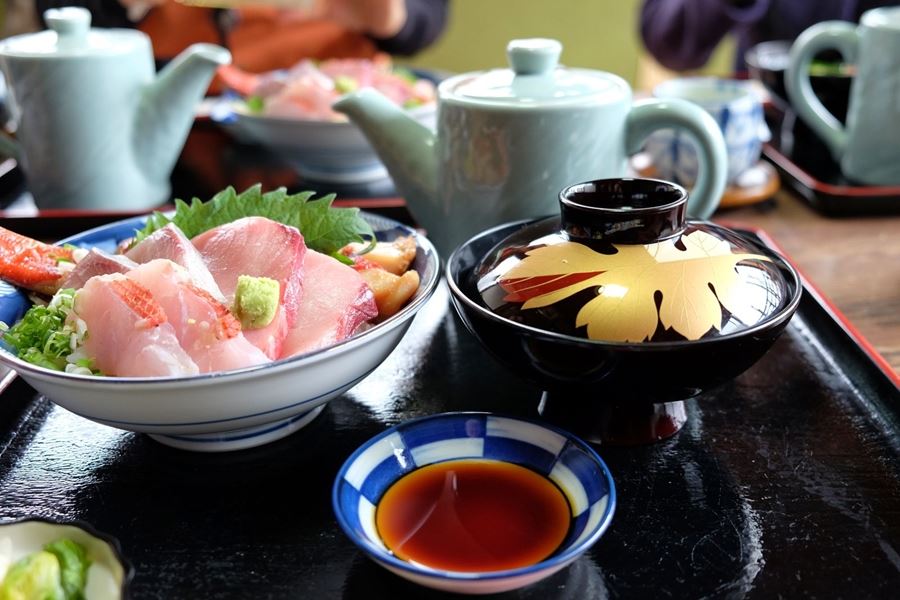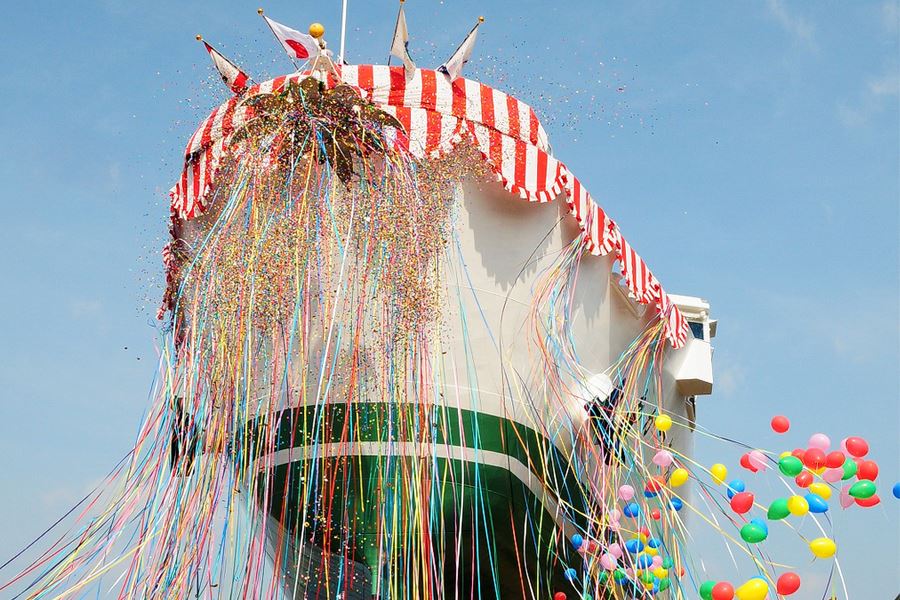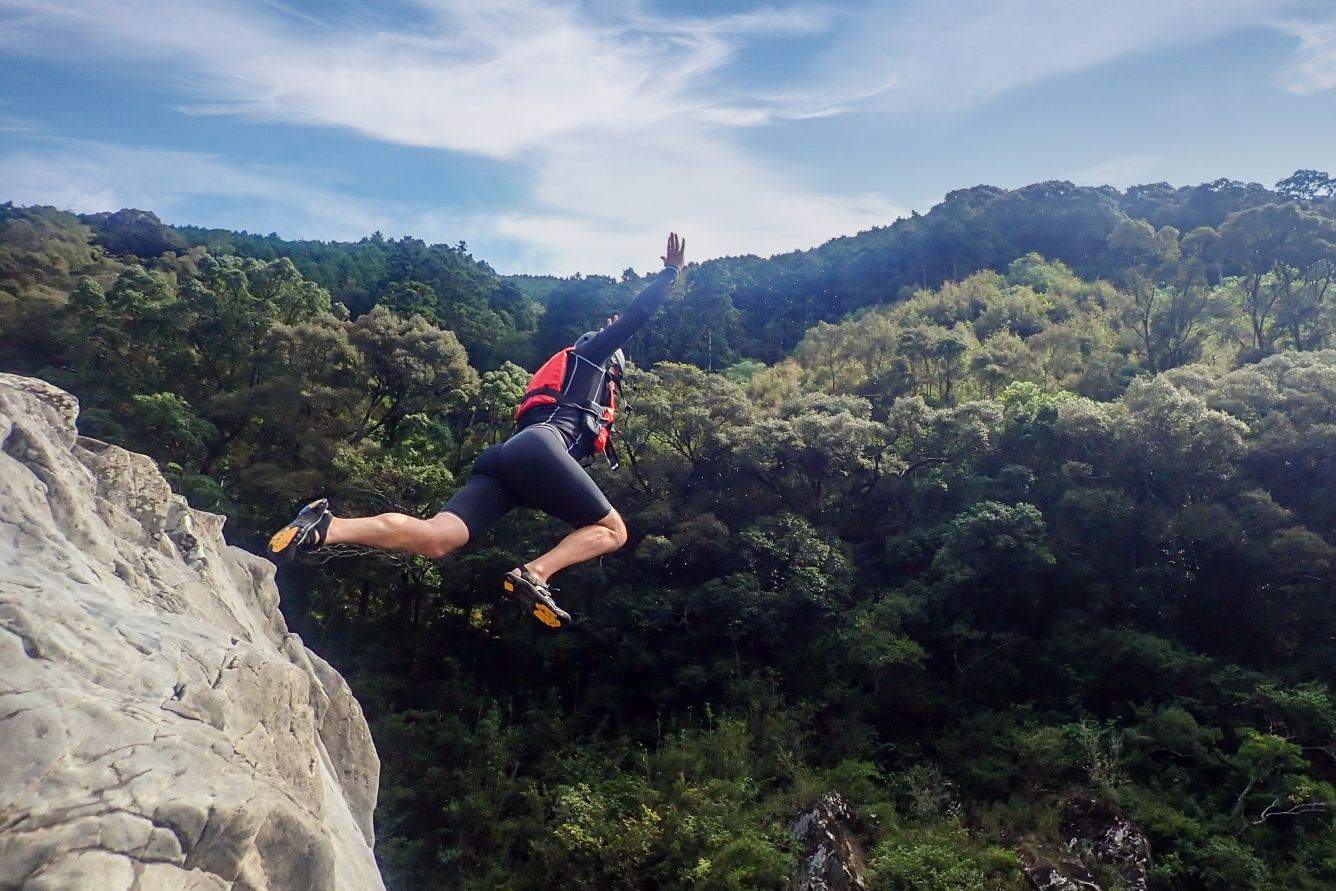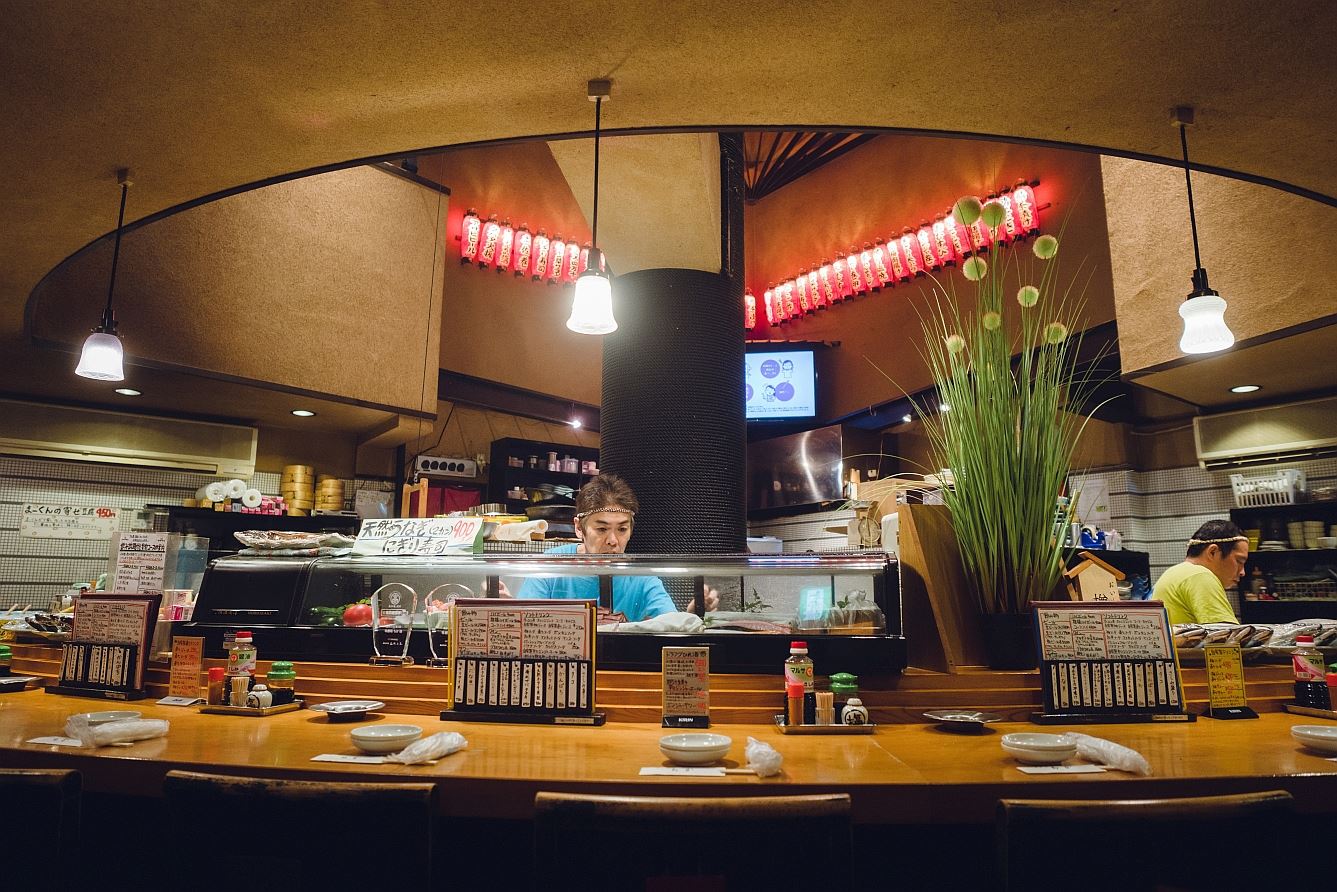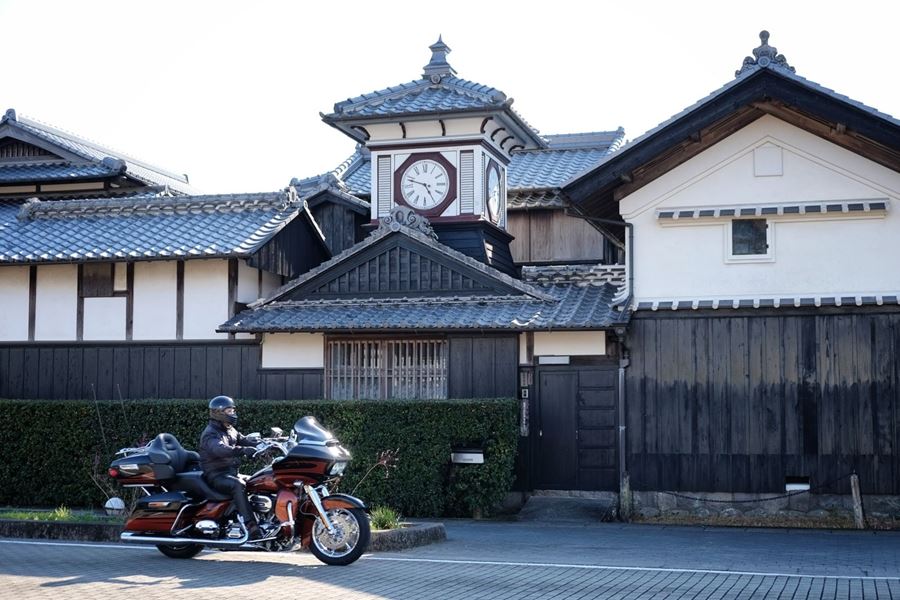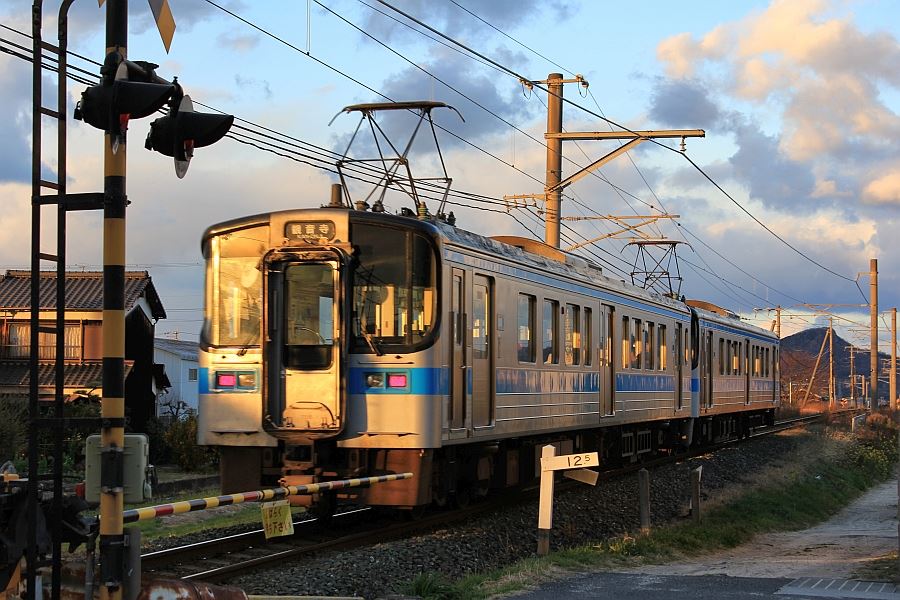When is the best time to visit Shikoku?
Home » When is the best time to visit Shikoku?
When is the best time to visit Shikoku?
“When is the best time to visit Shikoku?”.
This is a question that we’re asked a lot. It’s tempting to answer, “Anytime is good”. But we understand that’s not the kind of answer you’re looking for. So let’s dive in and consider the pros and cons of each time of year.
Before we do that though, here’s the quick answer:
In April, the cherry blossoms are lovely and it’s getting warmer.
In July, August, and September, you can enjoy summer activities and festivals.
In October it’s less hot and there are many festivals.
In November, it’s getting cooler and the leaves are starting to turn.
These are probably the best times to visit Shikoku.
But let’s consider it in more depth.
January and February
This is the coldest time of year. New Year is the biggest festival in all Japan, and people visit shrines and temples, often wearing elaborate kimono. Sometimes there’s snow, even in the low areas, and travel in mountainous areas is difficult. Deciduous trees are bare, giving the landscape are rather stark aspect. At this time of year, people in enjoy hotpots and warm sake. Winter fish is rich in tasty oil.
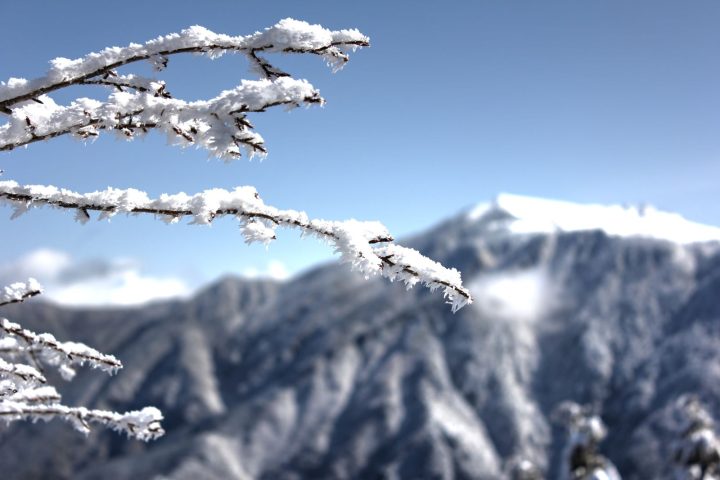
March
This is when the first signs of spring appear. It starts getting a little warmer, and towards the end of the month, plums start blossoming. These don’t quite compare in number with cherry blossoms, but they’re very pretty. From around this time, freshly pressed sake starts appearing and you can enjoy spring vegetables.
April
The spring starts in earnest, although snow sometimes falls in the mountains. The cherry blossom season starts from around the beginning of the month. Do note however, that there are no guarantees here. Although people flock to the places that are famous for sakura, these popular attractions don’t become intolerably crowded and there are many sakura spots in the countryside that you can enjoy almost alone. The Golden Week holiday, Japan’s spring holiday, starts on the 29th of April.
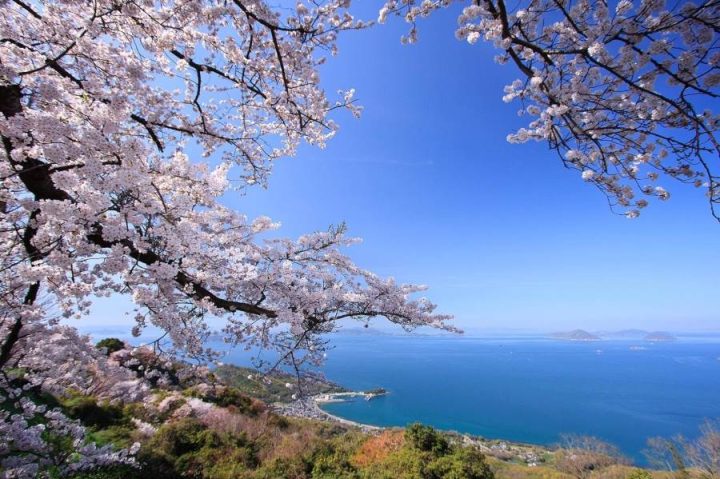
May
The Golden Week holiday continues officially until around the 6th of May, but some people extend it to the second Sunday. If you want to visit at this time, you’ll need to book early. It can still be chilly, but generally it’s pleasantly warm. Several spring festivals are held around this time. Adventure activities involving water start up.
June
The rainy season starts around the 5th of June. Generally it doesn’t rain all the time and there are often clear, warm days. Hydrangeas and other flowers bloom.
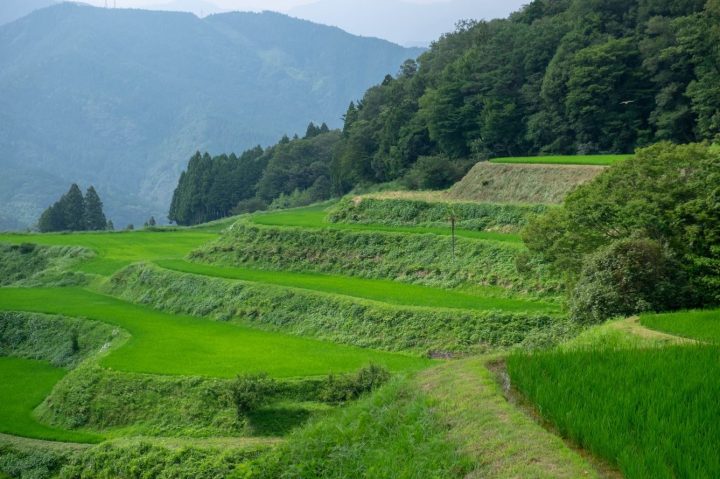
July
The rainy season continues until around the 18th of July, and it starts to get hot and muggy. Farmers plough their fields and plant rice. The flooded rice paddies reflecting the sky like a giant mirror is a fine sight. Summer festivals start in July. Shaved ice and other cooling treats are enjoyed.
August
This is generally the hottest month and the sun beats down. The Obon holiday is from August 11 to 20 when people visit their ancestral homes and go to the lovely beaches and rivers of Shikoku. Shikoku’s iconic dance festivals are held this month. It’s a good time to visit if you don’t mind temperatures above 30 degrees centigrade and high humidity. The bright green rice fields are beautiful.
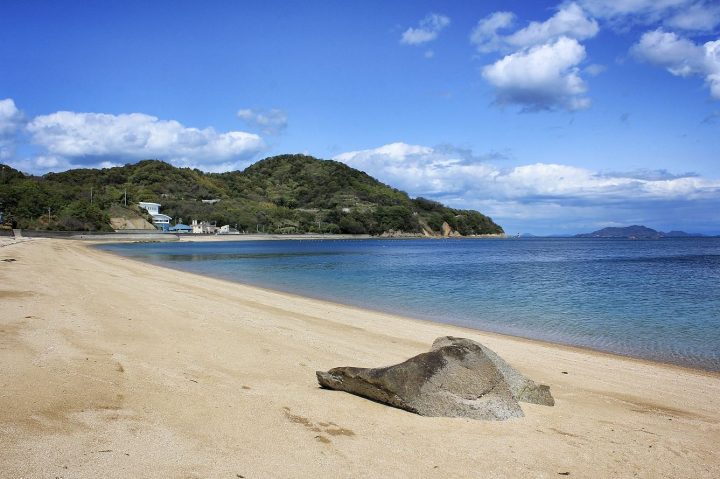
September
The heat of summer continues into September. This month is known as the start of the typhoon season, and the bigger typhoons can sometimes disrupt travel. There’s another holiday period in the week starting on the 20th.
October
Autumn starts this month. Bright red spider lilies flower, then the rice is harvested and hung to dry. Major festivals are held throughout Shikoku. The weather gradually gets cooler, although typhoons still sweep through. Mature sake called hiyaoroshi starts appearing. It’s a good time for hiking.

November
This is the month for enjoying autumn colours. The days are shorter, and it gets cold at night. Water sports become unappealing and the hotpot is brought out again.
December
Snow starts to whiten the peak of Mt. Ishizuchi, although it doesn’t typically affect travel. everyone starts looking forward to the end of year festivities, and many people book a New Year stay at a ryokan or kominka to enjoy luxurious food.
Related Tours

Experience the most beautiful and interesting temples of the Shikoku Pilgrimage in seven days.

A tour for families or friends, staying in the most characterful kominka and ryokan of Shikoku.

Visit the most beautiful and interesting temples of the Shikoku Pilgrimage and walk the toughest trails.

